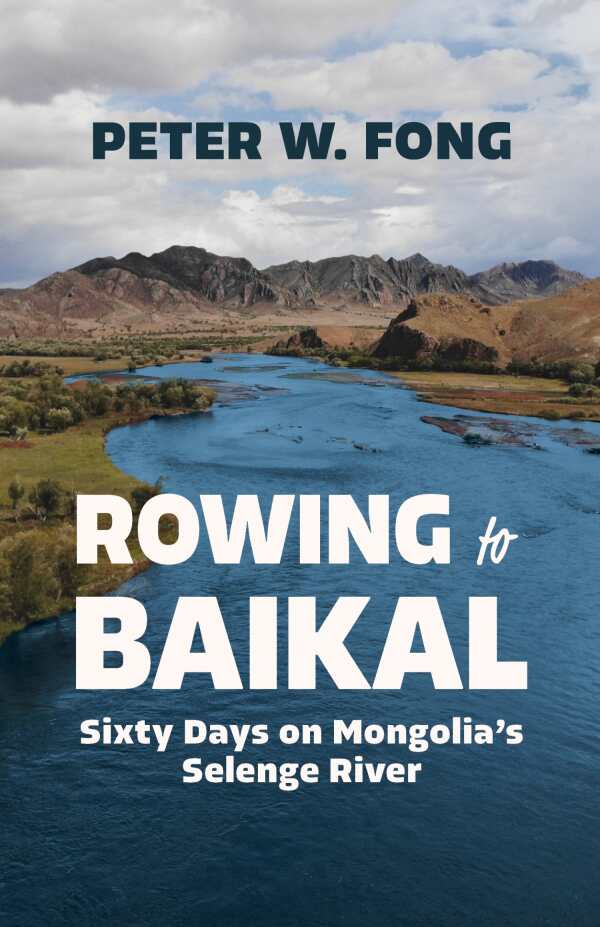Rowing to Baikal
Sixty Days on Mongolia's Selenge River
Peter W. Fong’s Rowing to Baikal covers his rowing trip down the Selenge River, from its headwaters in Mongolia to Lake Baikal in Russia. Along the way, he assesses the health of the river’s ecosystem and the potential impact of development.
As a fishing guide in Mongolia, Fong developed deep concern for the region, in particular given talk of constructing hydroelectric dams. He spearheaded the first international scientific expedition to document the river’s conditions. Over the course of sixty days, he faced challenges posed by volatile weather, limited information, and governmental restrictions; the researchers adapted to the conditions and considered how the data they collected might be used to impact policies and the environment. He had a rotating cast of team members, language barriers, and logistical complications too. Still, he covered 1,500 miles, including travel by horse, camel, kayak, and rowboat along and across the Mongolian-Russian border.
Amid descriptions of the team’s daily fishing, rowing, and data collection efforts, Fong reflects on the region’s physical beauty as well as Mongolian and Buryat culture, traditions, and history. He details the fish (including the planet’s largest and oldest species of salmonid, the endangered taimen), shorebirds, and insects, noting their migration patterns. His observations foster an appreciation for geological phenomena, flora, and fauna and what they reveal about the health of the ecosystem.
The book references statistics, studies, and efforts by nongovernmental organizations, activists, and governmental bodies to protect this environment while addressing competing needs. It conveys the importance of understanding history and local culture to weigh longer-term economic and ecological prospects against short-term needs. Quotes from philosophers, literature, and history flesh out this account of Fong’s fieldwork.
Rowing to Baikal is a contemplative study of the Selenge River and the people and species living along its waters and banks.
Reviewed by
Wendy Hinman
Disclosure: This article is not an endorsement, but a review. The publisher of this book provided free copies of the book to have their book reviewed by a professional reviewer. No fee was paid by the publisher for this review. Foreword Reviews only recommends books that we love. Foreword Magazine, Inc. is disclosing this in accordance with the Federal Trade Commission’s 16 CFR, Part 255.

